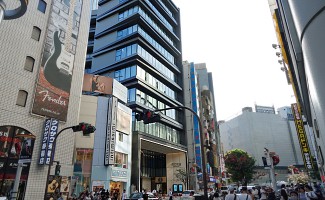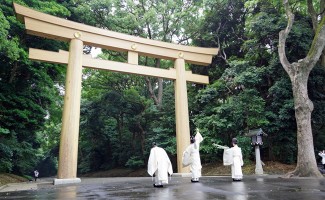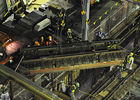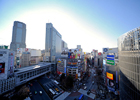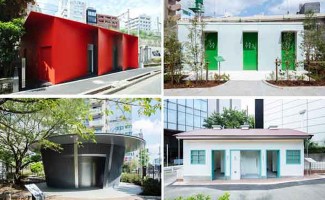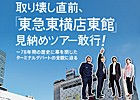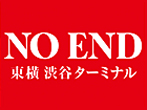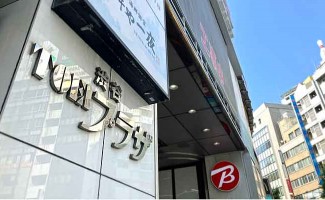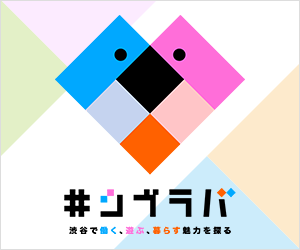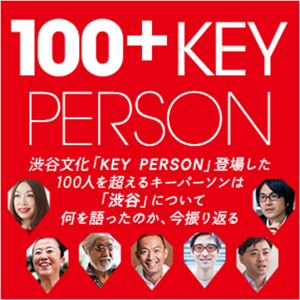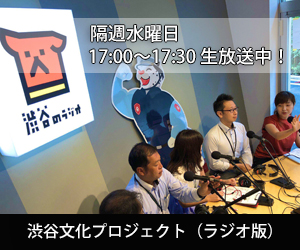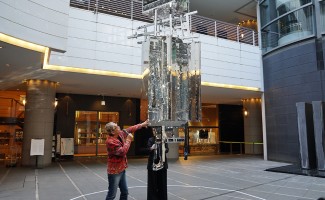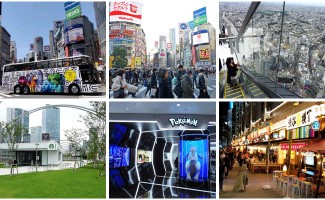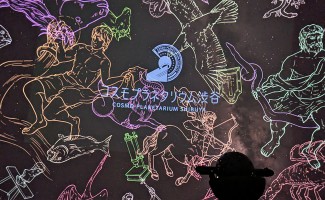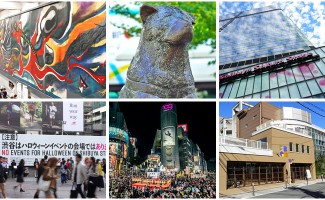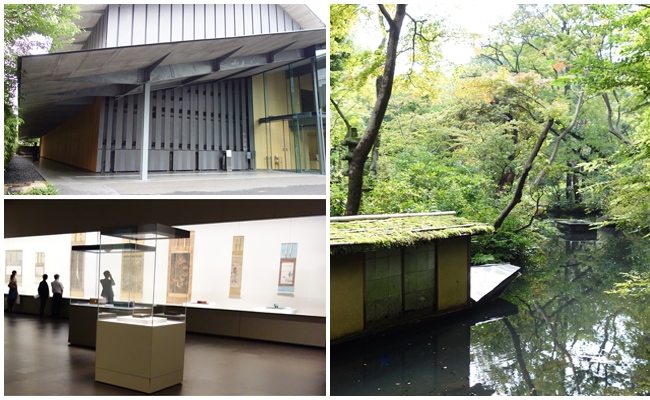
Autumn holiday, Memorial Exhibition - the autumn colors and antiques in the experience - Nezu Institute of Fine Arts in the city center
"Nachi Taki view (Zu Nachi Falls)," "root one hundred and one 羯磨 (root hundred Ichi comma)" National Treasure 7 of such cases, at the Nezu Institute of Fine Arts, which has approximately 7400 items collection, including items important cultural properties 87, businessman in the old art collection who follow the trajectory of there was founder Kaichiro Nezu of collections in the special exhibition "Treasures of Aoyama Nezu" began.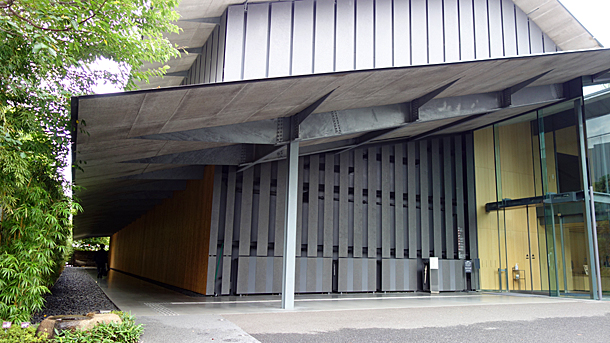 Museum appearance by Kengo Kuma design
Museum appearance by Kengo Kuma design
Nezu Institute of Fine Arts in order to open to the public a collection by the bequest of primary Kaichiro, 1941, opened in Nezu house in the grounds of the Minami-Aoyama. Known mainly in Japan, China and Korea as a museum to showcase the oriental art, the main building is renovated in Kengo Kuma's design in 2009. The vast site of more than 20,000 square meters, while situated in the inner city of Aoyama, spread rich Japanese garden, which is designated as a protected forest of Minato-ku, in addition to the museum.
Primary Kaichiro Yamanashi Prefecture, was born in 1860. To advance to Tokyo in 1896, appointed to the Tobu Railway president in the 45-year-old in 1905. High interest in the ancient art from a young age, witnessing a culture that make a generous donation for the benefit of the American public to join in the United States visit the business group in 1909, further to the collection towards the goal of a museum founded diligent it. Spread an interest in tea ceremony from around the end of the 40's, Aoyama and Gosuru way (Aoyama). Sudden death in 1940. The same year in the second generation Kaichiro is piecing the bequest, was founded 1940 Foundation Nezu Institute of Fine Arts.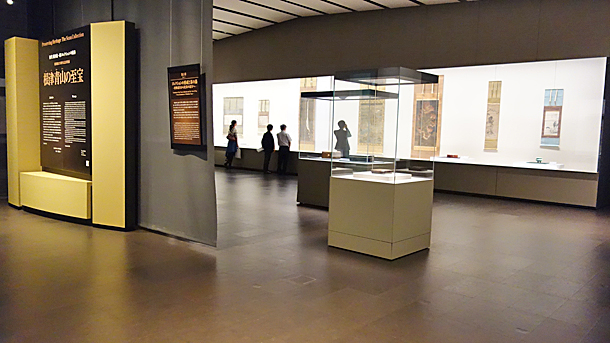 Follow the trajectory of the Kaichiro collection using the 6 rooms
Follow the trajectory of the Kaichiro collection using the 6 rooms
To commemorate the Foundation 75th anniversary in the exhibition, tracing the trajectory of the collection of primary Kaichiro to center the document and tea utensils. First 1-2 exhibition room is titled "the formation of the collection and the tea ceremony", line up to collect the order of the old art gathered beside the businessman transferred the place of Kaichiro activities in Tokyo. 1906, and a successful bid in the big bucks that time 16,500 yen in the auction, the name of the Kaichiro has become a chance to known throughout the ancient art world "Flower Shirakawa Makie writing box (Hanano Shirakawa lacquer writing box)" (important cultural properties, Japan and Muromachi era), and it was filling a reverence for nature in the waterfall of the figure of the devoted "Nachi Taki view (Zu Nachi Falls)" (National Treasure, Japan and Kamakura era) sequence, etc., preferences and aesthetic of Kaichiro go tell the eye, a situation that went deeper interest to the tea utensils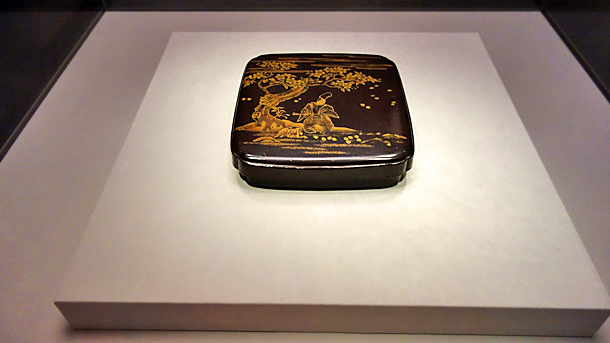 The name of the Kaichiro popularized in old art world "Flower Shirakawa Makie writing box (Hanano Maki Shirakawa es fishing box)" (important cultural property, Japan, Muromachi period)
The name of the Kaichiro popularized in old art world "Flower Shirakawa Makie writing box (Hanano Maki Shirakawa es fishing box)" (important cultural property, Japan, Muromachi period)
In addition, the third chamber a collection of Buddhist art, the fourth chamber arranging the Bronze Age of ancient China, such as Volume 6 of the National Treasure "root one hundred and one 羯磨" that all 10 volumes in eight volumes is collection to Shosoin old Sutras deployment in the 5th House to align the collection. The first in the 6 rooms titled "Tea Party of the permanent departure", Kaichiro who passed away at 80 years of age in 1940, reproduce the tea ceremony, which was held at his residence of Aoyama to one week before his death. The exhibition space of the tatami likened to the tea house, is adorable round the department to the burnt red skin "red music bowl" (Japan, Edo period) and "Ishiyama Makie Genji chest of drawers (Ishiyamadera Genji Makie Dance)" ( important works of art, are side-by-side in Japan, Edo period), and the like.
Such as incense burner and kettle and flowers students lined up in the hall, many of us there is no memorabilia of the opportunity to use in everyday life, Ochakai in the accomplishment of some of the people, may often also people think nothing to do with myself. However, drop an eye on the exhibit in subscript was written description, that the tea party was functioning as a place to show off the collection, antique dealer is be had in particular to trust in Kaichiro, also I wish absolutely in hand that there are goods that did not come true, and I think that I put in antiquities collection, the point where the people of realistic humans beings emerge on the rich that Kaichiro is very interesting. Then, when again review the exhibits, beauty even though old comes through honest memorabilia is coming into the eye. In the exhibition by passing the look of one person that Kaichiro, I can taste the genre of high threshold antiquities as fresh ones.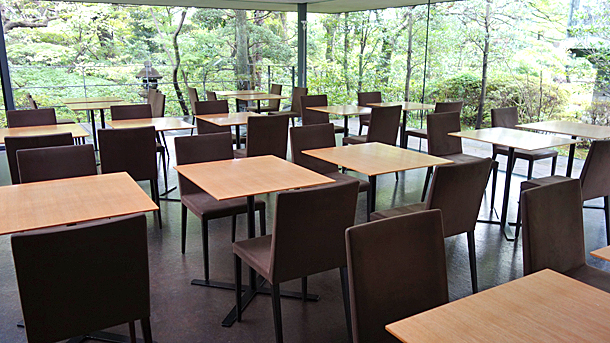 You can enjoy the garden scenery from "nezu cafe" glassed-in cafe
You can enjoy the garden scenery from "nezu cafe" glassed-in cafe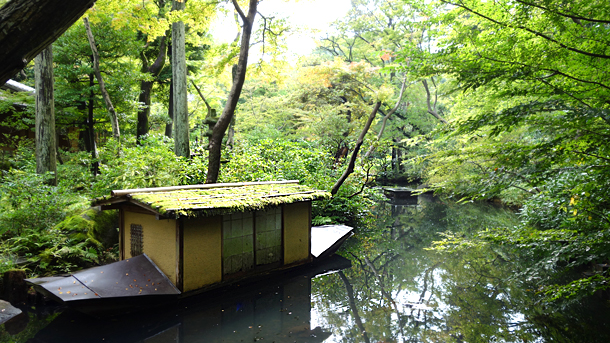 It comes through the fall of the sign from the lush gardens
It comes through the fall of the sign from the lush gardens
When I visited the Nezu Institute of Fine Arts, also walk the vast garden that spreads on site recommended. This garden is Iris to the timing of the annual Golden Week is known to decorate the waterfront and area attractions also autumn leaves of trees towering in the coming season. Secluded appearance to moss production of stone sculptures that dot the park also, it can be said that the charm of the Nezu Institute of Fine Arts unique. Refreshing holiday feel the coming of autumn, that you also in a prime location in downtown Aoyama wins the thought to transitory of antiquities and seasonal, is try to enjoy a special experience?
Foundation 75th anniversary special exhibition Nezu Aoyama of Treasures
Yes held: September 19, 2015 (Saturday) to November 3 (Tuesday and public holidays)
Yes hours: 10: 00~17: 00 ※ admission until 16:30 (except such as some holidays) Closed on Mondays
Yes Venue: Nezu Institute of Fine Arts / Minami-Aoyama, Minato-ku, 6-5-1
Yes Rates: Adults 1,200 yen In addition
〇 Official:Http://www.nezu-muse.or.jp/jp/exhibition/index.html

Editorial Yokota
Born in 1980, Kanagawa prefecture. Shibuya since he moved to Tokyo in the period in the university is a sacred place of culture. While now belong to the Shibuya culture project editing unit, is the straw sandals life of two feet to act as a caregiver.
